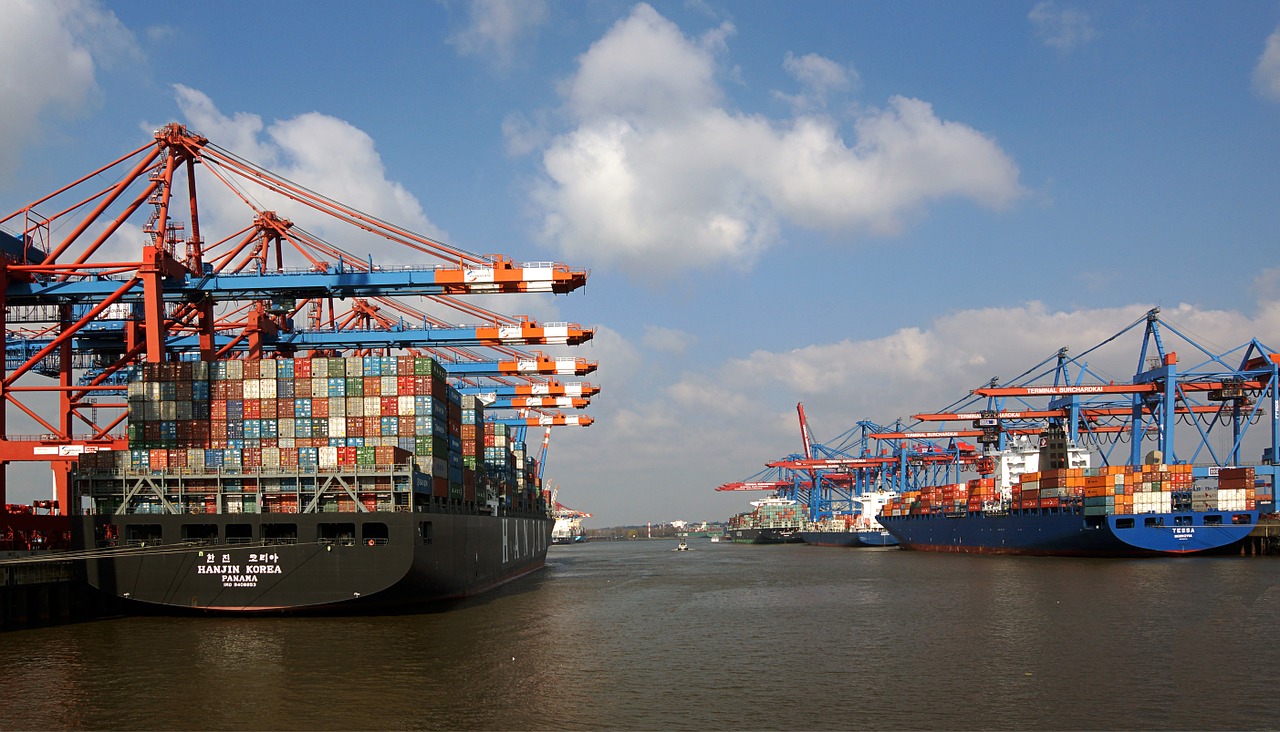Idle Container Fleet Reaches Historic Low Amid Red Sea Crisis

In the first ten months of this year, the idle container fleet has hit an all-time low, with Alphaliner reporting that the Red Sea crisis has affected ship utilization more significantly than the COVID-19 pandemic.
Alphaliner data reveals that, on average, only 0.7% of the global cellular container fleet was commercially idle between January and October. This is a drop from the 0.9% average during the same period in 2021 and 2022, when COVID-related disruptions were at their peak.
Many containerships have been rerouted via the Cape of Good Hope on Asia-Europe voyages, which has extended transit times by approximately two weeks, absorbing capacity despite a surge in newbuilds emerging from Asian shipyards.
The Red Sea crisis has led to schedule disruptions on par with those seen during the COVID pandemic. Container ports have faced severe schedule disruptions this year, with a noticeable increase in vessel bunching, where multiple ships sail on the same route in the same week. Danish consultancy Sea-Intelligence reports that this congestion on routes like Asia-Europe has returned to pandemic levels due to the ongoing Red Sea issues.
The United Nations Conference on Trade and Development (UNCTAD) recently published its Review of Maritime Transport 2024, which underscores the significant role of the Houthis in contributing to the profitability of container lines amid the Red Sea shipping crisis.